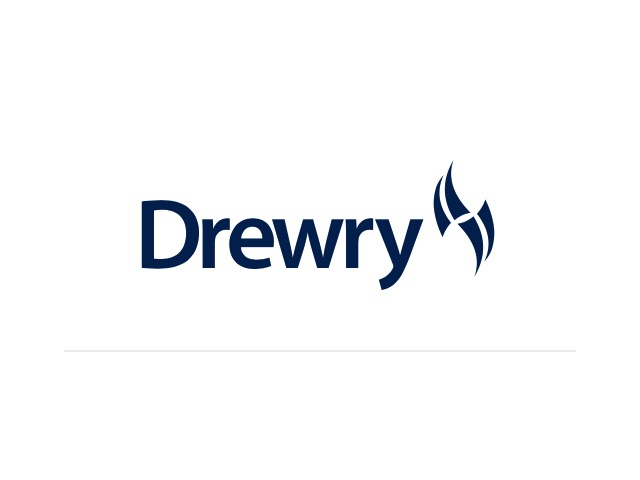After a slow start in 1Q22, stocks prices slumped for two consecutive quarters – 2Q22 and 3Q22. This further eroded the sectors’ valuation multiple (EV/EBITDA), which was trading at a multi-year low, opening a bargain window for investors. As a result, Drewry Port Equity Index – the broader sectorial index – jumped close to 20% in 4Q22 and still remains on the upward trajectory even in 2023, with YTD returns of 4.5% (ending 05 February 2023).
The fall in the stock prices in 2Q22 and 3Q22 was primarily led by the broader weakness originating from the overall macroeconomic scenario, affecting investment sentiment across sectors, and port stocks were no different. On the flip side, operating profitability of the port sector (EBITDA – denominator of the multiple) stands to benefit from sector-specific issues. In 3Q22, the Drewry Global Container Terminal Earnings index continued to move up by 6.7% YoY (vs 2Q22: 16.0%, and 1Q22: 40.2%). However, the trend flattened out as the steep rise in the cost base more than offset the increased earnings per teu on the back of higher storage revenues. It is important to note that storage revenues remained the key driver for margin expansion during the Covid-led lockdowns.
2023 – Market sentiment to improve
The fears of a gloomier 2023 are dissipating with the recent data suggesting that inflation in most of the developed world has started trending downwards and the increase in interest rates will be far lower than we had expected a few months back. Oxford Economics (our data source for macroeconomic metrics) had recently forecast that the world GDP will grow by 1.3% in 2023, a figure that has remained unchanged for the third consecutive month. Even though the forecast is weaker than the estimated 3% growth for 2022, the expectation is that QoQ world growth has already reached the trough in 4Q22 with growth forecast to start improving in 2023. This indicates that the worst is behind us.
Lower multiple to attract long-term investors but they should remain selective in the near term
At the current multiple of 9.4x, the sector is trading at a ~20% discount when compared with the long-term average. Even though this multi-year low valuation is building a strong case for investors with mid-to-long term horizon, the looming uncertainties – weakening demand, higher cost pressure and normalising growth in storage revenue amid the easing supply chain – are dampening the sectors’ near-term prospects. While we expect terminal operators to achieve CPI-linked tariff increases for core stevedoring services in 2023, maintaining margins in the face of falling volumes and cost increases would be challenging. Under such a scenario, one should look into the company’s idiosyncratic factors to identify the winning bets.
Source: Hellenic Shipping News





